Credible Simulation – How to Build Trust in Simulation Results
- Blog
Simon Terres, Solution Manager ADAS at AVL List GmbH
Dr. Clemens Linnhoff, Founder and CTO at Persival GmbH
Simulation is no longer just a development shortcut, it’s a critical pillar of autonomous vehicle safety. But as simulation becomes more central to validation and certification, one question looms large: Can we trust the results?
This article explores how to build credibility in sensor simulation, focusing on two key players: AVL, with its AVL Scenario Simulator™ and vehicle dynamics modeling tools, and Persival, with its high-fidelity sensor models and validation workflow, Avelon. Together, they offer a powerful, complementary approach to building trust in virtual testing.
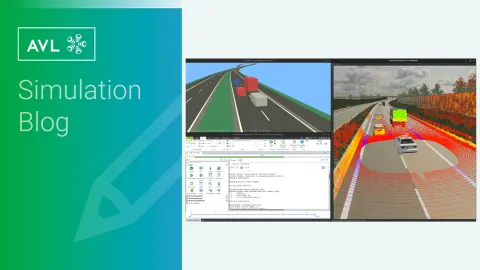
Autonomous vehicles rely on a complex sensor suite consisting of lidar, radar, cameras and ultrasonic sensor to perceive and react to their environment. These sensors must perform reliably in every condition imaginable: fog, glare, rain, snow, tunnels, and more.
Testing all these scenarios in the real world is not only expensive, it’s often impossible. That’s why simulation is essential. But simulation without credibility is dangerous. A virtual vehicle that doesn’t behave like its real-world counterpart can lead to misleading results and poor system-level decisions.
Credible simulation must be physically accurate, validated with real-world data, transparent in its assumptions, and compliant with standards like Euro NCAP’s 2026 roadmap. Otherwise, simulation results are just educated guesses.
Persival is a trusted partner in the field of sensor simulation, known for its deep technical expertise and academic rigor. The company’s team includes leading experts and PhD-level engineers who have spent years advancing the state of the art in physics-based modeling for automotive applications.
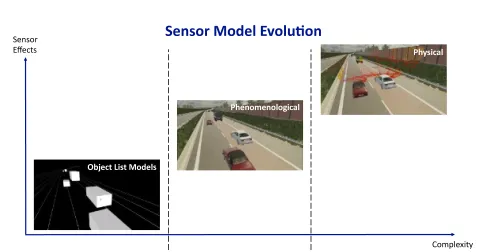
At the core of Persival’s offering are high-fidelity sensor models that simulate how sensors interact with complex environments. These models capture critical physical effects such as multi-path propagation, weather influence, and lidar signal behavior across different materials. This level of detail is essential for identifying edge cases and ensuring that perception systems perform reliably under all conditions.
Persival’s sensor models are built on the ASAM OSI (Open Simulation Interface) standard, which defines a common structure for sensor outputs and signal exchange. Thanks to this standardized interface, customers can easily integrate their own internal signal processing as a black-box model. This enables the protection of proprietary information of supplier algorithms while still benefiting from a fully integrated simulation workflow, ensuring both IP security and system-level realism.
Persival is also a key driver behind the ASAM OpenMATERIAL 3D standard, which defines how material properties, such as index of refraction, permittivity and surface roughness, are described and exchanged in simulation environments. This standard plays a vital role in ensuring consistent sensor behavior across different platforms and tools.
To ensure these models are not only realistic but also trustworthy, Persival developed Avelon, a robust validation workflow. Avelon combines real-world measurement data and correlation analysis based on state-of-the-art validation metrics to verify that simulated sensor outputs align with actual sensor behavior. This process provides the transparency and traceability needed for safety-critical applications and regulatory compliance.
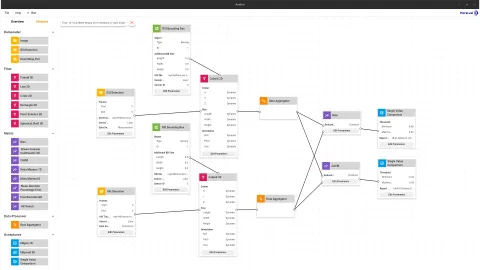
For customers, this means access to the industry’s first systematic approach and dedicated toolset for sensor model validation, enabling them to build simulation workflows that are not only technically sound but also ready for real-world deployment and regulatory approval.
A simulation is only as reliable as the vehicle model it’s built on. If the virtual vehicle doesn’t behave like its real-world counterpart, the results of any system-level testing can quickly lose their relevance. That’s why AVL VSM™ (Vehicle Simulation Model) and the Vehicle Model Factory are essential components in building credible simulations.
VSM is AVL’s high-fidelity vehicle dynamics model, designed to replicate real vehicle behavior with exceptional accuracy. It captures key aspects such as steering response, braking dynamics, suspension movement, and tire-road interaction. These dynamics are critical for evaluating how an autonomous system will perform in real-world driving conditions, especially in edge cases like emergency maneuvers or low-friction surfaces.

To support scalability and customization, AVL offers the Vehicle Model Factory, a streamlined process for generating validated vehicle models based on customer-specific data. This includes:
- Vehicle geometry and mass distribution
- Powertrain and drivetrain characteristics
- Suspension and steering system parameters
- Tire models and road surface interactions
Each model is validated against measurement data from physical tests, achieving correlation levels of up to 97% with real-world vehicle behavior. This high degree of accuracy ensures that simulation results are not only realistic but also trustworthy for development, validation, and certification purposes.

For customers, this means they can confidently simulate how their systems will behave in the real world, whether they’re tuning control algorithms, validating ADAS functions, or preparing for regulatory assessments. VSM and the Vehicle Model Factory provide the dynamic foundation needed to make simulation a reliable part of the development process.
Scenario Simulator is a comprehensive virtual testing environment that enables developers to simulate realistic driving scenarios with integrated sensor feedback, vehicle dynamics, and environmental conditions.
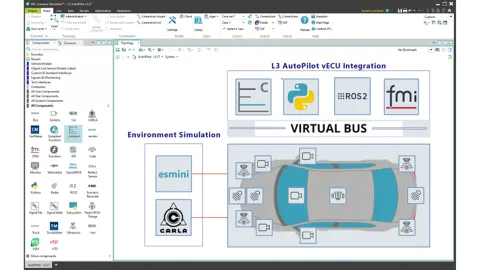
A key strength of the simulator is its support for closed-loop testing. It connects the full ADAS/AD software stack, including perception, planning, and control, with high-fidelity vehicle dynamics models. This allows the virtual vehicle to respond to simulated events just as it would in the real world, enabling developers to evaluate system behavior in complex, safety-critical situations.
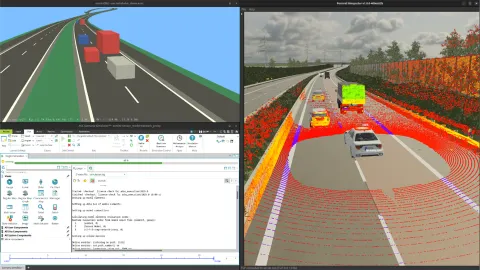
What makes the Scenario Simulator especially flexible is its use of standardized and open interfaces. These interfaces allow seamless integration of third-party sensor models, traffic agents, and development tools. Whether you're using AVL’s own validated models or bringing in external components, the simulator adapts to your workflow without locking you into a proprietary ecosystem.
For users, this means faster iteration, more realistic system-level validation, and the ability to scale testing across a wide range of scenarios, all while maintaining traceability and compliance with evolving safety standards.
The combination of Scenario Simulator and Persival’s validated sensor models offers a powerful toolkit for developers, engineers, and safety teams. But how can this technology be used in practice?
Let’s say you’re developing an automated emergency braking system. With Scenario Simulator, you can create hundreds of test scenarios, urban intersections, highway cut-ins, night-time pedestrians, without ever leaving your desk. You can simulate how the vehicle reacts, how the sensors perceive the environment, and how the control system responds.
Now, plug in Persival’s validated sensor models. Suddenly, your virtual tests reflect the real-world behavior of your sensors. You can see how fog impacts your lidar, how radar handles multi-path reflections, and how different materials affect detection. And with Avelon, you have the data to prove that your simulation matches reality.
This approach helps you:
- Identify edge cases early, before physical testing
- Reduce the number of costly real-world test drives
- Build safety case for regulators and certification bodies at optimized cost
- Accelerate development without compromising on safety
Most importantly, it helps you make better decisions, because you’re working with simulation results you can trust.
Stay tuned
Don't miss the Simulation blog series. Sign up today and stay informed!
Read More About This Topic

Learn in this webinar how high-level sensor fusion reduces costs and replaces physical testing with smart simulation.
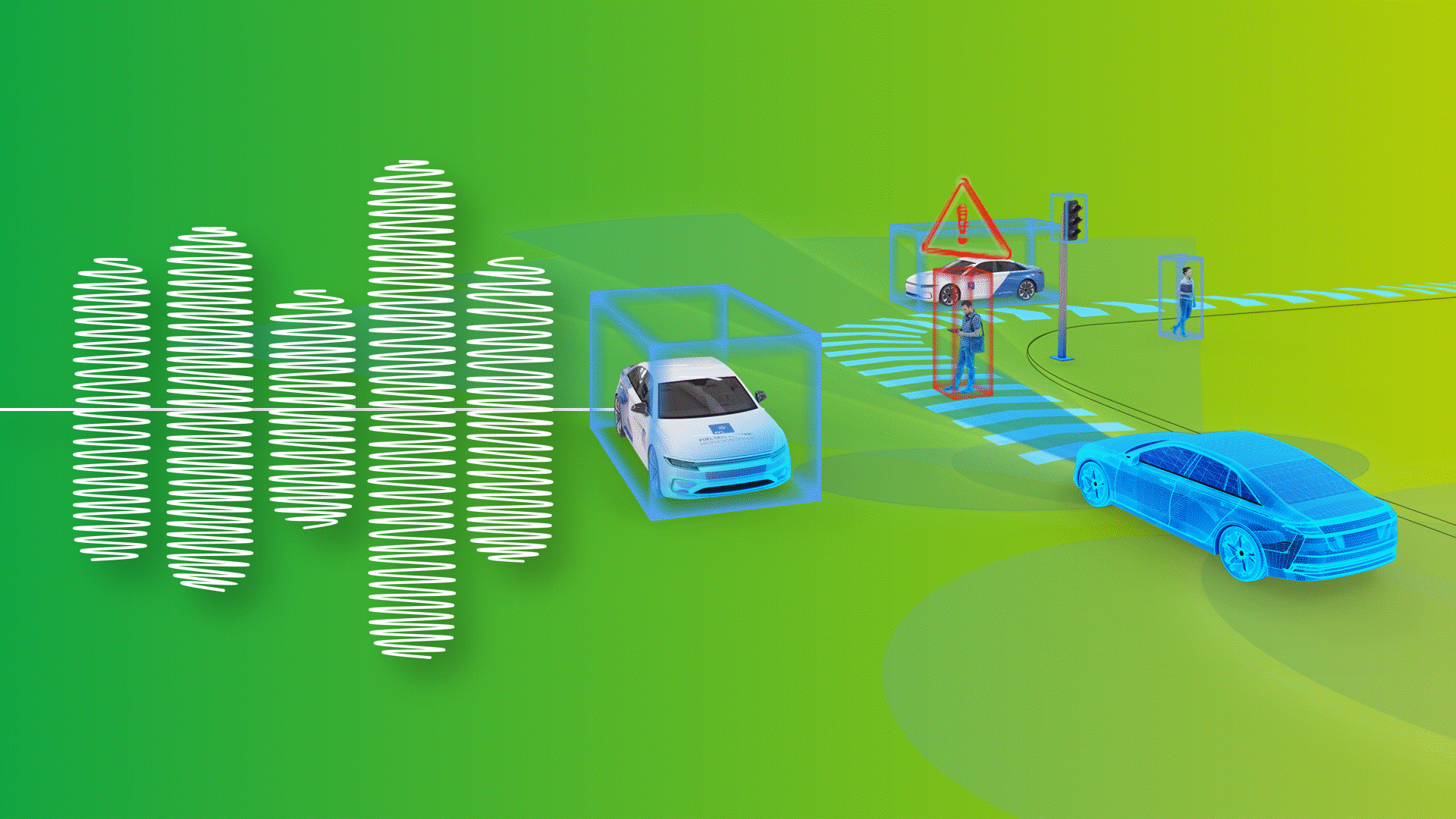
The fifth part of this online event series focuses on our simulation solutions for automated and connected mobility. Join us and benefit from our know-how of efficient and reliable virtual validation. Hear from industry experts, engage in insightful discussions, and be part of shaping the future of autonomous driving.
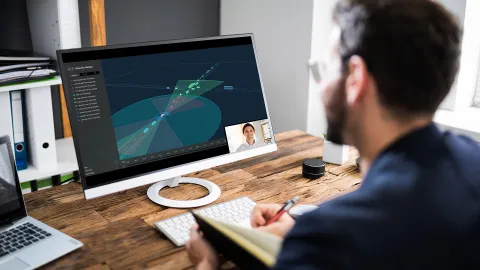
Our simulation expert will give you a free training where he will walk you through all the typical steps necessary to integrate and test an Advanced Driver Assistance System (ADAS) or Automated Driving (AD) software in a virtual environment.

Shorter time-to-market but more scenarios needed for validation? This webinar shows how to overcome these challenges in ADAS development without having to compromise on safety.
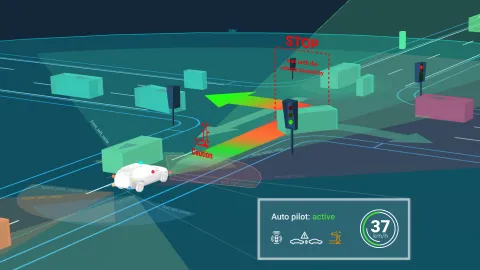
The new AVL Scenario Simulator™ is a cost-optimized solution for fully automated, large-scale ADAS/AD testing. Build the optimal virtual prototype for each test purpose.
Stay tuned for the Simulation Blog
Don't miss the Simulation blog series. Sign up today and stay informed!
Solution Manager ADAS